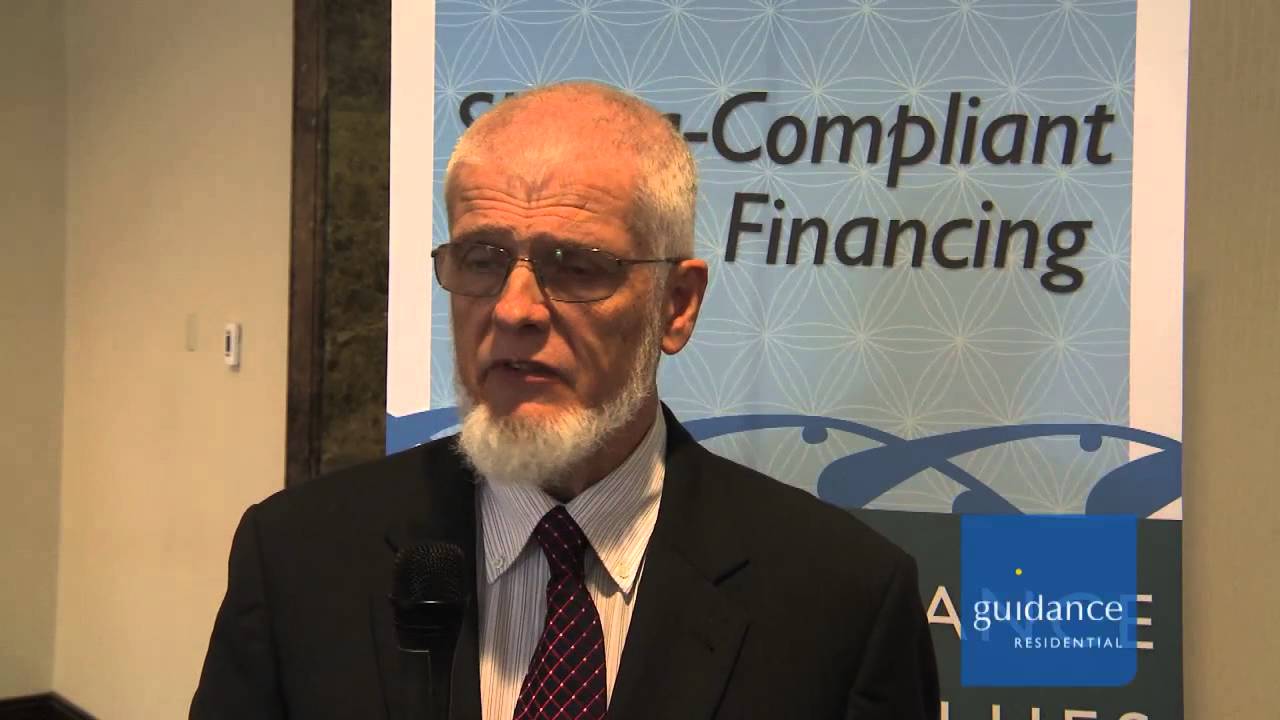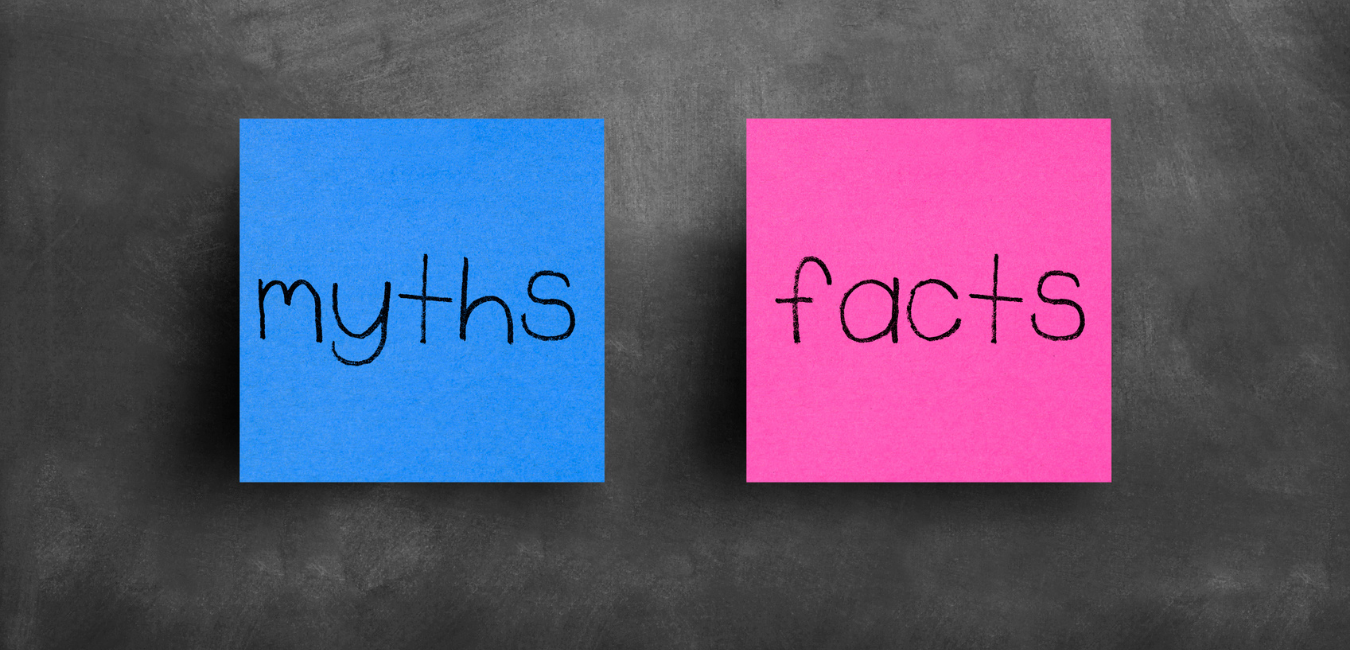Buying a House in Washington State

Whether you’re looking for the energy and job market of Seattle or prefer the quiet peace of more rural areas like Winthrop or Snohomish, Washington State has plenty to offer. You’re probably filled with excitement at the idea of buying your first house in Washington, but chances are you have plenty of questions and are a little uncertain too.
The homebuying process can be overwhelming, particularly given the unprecedented price fluctuations and increased demand of the recent housing market. That’s why we’ve broken it down into nine simple steps. This guide will take you through the entire process, from how to decide if you’re financially ready to buy a house to closing on your new home. You’ll be ready to buy a house in Washington State with confidence, no matter what the market brings.
>> Related Read – Housing Market Predictions for 2023 + The Next 5 Years
How to Buy a House in Washington State in 9 Steps
If you’re planning to buy a house in Washington State, following these nine steps can help ensure that you’re prepared and know what to expect during every phase of the process.
Step 1. Evaluate Your Finances
The homebuying process needs to start with a look at your finances. Before you begin looking for a home, create a monthly budget and determine how much you can comfortably spend per month on your living expenses. Look at all of your savings and calculate how much money you have set aside for a down payment. Often, your down payment will range from 3% to 30% of the purchase price of your home, so it’s helpful to set aside as much money as possible. Don’t forget that you will also need to cover other expenses, like the price of your home inspection and closing costs.
It’s also helpful to prepare any financial documents that a lender will need to pre-approve you for a mortgage. These documents include bank statements from the past three months, your taxes, your employment history, and rental history. Having these documents prepared can help to make the process of buying a home smoother.
This is also the perfect time to check your credit rating. A strong credit rating can help to increase the chances of your being approved for a mortgage, and it can also help you to qualify for a lower interest rate. Improving your credit score is a long-term process, so if you need to boost your score, start early. Focus on making all of your payments on time and use less than 30% of the credit that’s available to you to bring up your score.
Carefully evaluating your finances is one of the essential things to do before getting pre-approved for a mortgage, and it will help to prepare you for the rest of the home buying process.
How Much Do You Need to Make to Buy a House in Washington State?
According to Zippia, Washington State is the fifth most expensive state to buy a house in. Zippia estimates that you need to make a salary of at least $80,914 to afford a home.
The average monthly mortgage payment in Washington State is $1,888. If you want to move to Washington State, then it’s helpful to already have a well-paying job and make sure that you’re prepared to pay the relatively high mortgage costs.
What Credit Score Is Needed to Buy a House in Washington State?
Home loan requirements can vary from state to state. To buy a home in Washington State, you will typically need a minimum credit score of 620 or higher. However, you may be able to still buy a home with a credit score of 500 or 580, but you will pay a higher interest rate.
What Is the Average Cost to Buy a House in Washington State?
According to the Office of Financial Management, the median home price in Washington State in 2021 was $560,400. Home prices have climbed steadily since 2011 and are affected by the cost to build new properties, the demand for rental units, and the overall demand for properties.
>> Related Read – Is It Better to Put a Large Down Payment on a House?
Step 2. Explore Your Home Financing Options
Next, you will need to plan out how you will finance your home. Conventional mortgages may be popular, but they aren’t the only option. An Islamic mortgage is a practical alternative, and it can help you to avoid some hidden risks in conventional and FHA home loans.
One of the main differences between an Islamic mortgage and a conventional mortgage is that an Islamic mortgage is a co-ownership mortgage. Since Islamic law prohibits riba, or interest, Islamic mortgages offer interest-free home financing arrangements where you co-own the house with a non-bank mortgage financier, like Guidance Residential.
As a co-owner, you and Guidance Residential both own shares in the home, though you will have exclusive rights to use the entire property. As you make your monthly payments, you gradually buy out Guidance Residential’s shares, until you fully own your home.
This arrangement has several benefits. Late payment fees are limited to a small fixed fee that just covers administrative costs.
>> Related Read – Do You Have to Be Muslim to Get a Riba (Interest) Free Mortgage?
Step 3. Get Pre-Approved for a Mortgage
Before you start shopping for a home, it’s helpful to get pre-approved or pre-qualified. Pre-qualification is the first step in buying a home, and a lender will review the information that you self-report and provide you with an estimate of how much you can afford to spend on a home.
There are several reasons to get pre-approved for a mortgage, rather than just getting pre-qualified. During the pre-approval process, a lender will analyze your finances in more depth and perform a credit check. Then, the lender will give you a specific mortgage amount, as well as a period of time that the pre-approval is valid for.
Your pre-approval letter demonstrates that you’re serious about buying a home, and that you’re financially prepared to qualify for a mortgage. Some sellers won’t show their home to buyers who aren’t pre-approved, and having your pre-approval can also increase the chances of a seller accepting your offer. Getting pre-approved can also help you to understand mortgage rates, giving you a better sense of what your monthly payments are likely to be. With this information, you can determine how much you’re comfortable paying for a home and then focus your search on homes within that price.
>> Related Read – How Long Does a Pre-Approval Take? A Case Study
Step 4. Find a Real Estate Agent in Washington State
Your real estate agent will be your partner in your home buying journey, and will do everything from helping you to find a home to negotiating with the seller to guiding you through the closing process. It can be very helpful to find a real estate agent who is well-versed in the local market. An agent with local connections may hear of properties before they are officially listed for sale and can help you to understand the pros and cons of each neighborhood.
>> Related Read – Recruiting a Real Estate Agent? 5 Questions to Ask
Step 5. Select the Right Location
Washington State is a highly appealing place to live. Out of all 50 states, the U.S. News & World Report ranked Washington State eighth best for health care, fourth best for education, and fourth best for economy. The median income is $38,041.
Keep in mind that factors like employment, wages, cost of living, and taxes can vary significantly throughout the state. An area like Seattle may be bustling with employment and upward mobility opportunities, but a more rural setting may lack the career opportunities that you need. If you’re considering an area with a higher cost of living, it’s important to confirm that the salaries in that area support those increased costs, too.
What Are the Best Places to Live in Washington State?
Washington State is full of great places to live, and chances are you’ll find a location that offers the ideal lifestyle for you and your family:
- Seattle is a busy city that not only offers excellent employment options, but that is also full of entertainment and dining options.
- Ocean Shores is a quieter town with a population of about 6,000. It boasts plenty of art events and opportunities to fish and explore nature.
- Vancouver is just a 15-minute drive from Portland, Oregon, and is a large, busy city.
- Cheney is a college town, home to Eastern Washington University, and offers plenty of entertainment without the overwhelming feel of a big city.
>> Related Read – How Do I Know If A Neighborhood Is Safe? 4 Ways to Check
Step 6. Begin House Hunting in Washington State
Strategically timing your house hunting process may help you to find your new home faster. Listing prices tend to be lowest in Washington State in January, and mortgage rates often fall in December. However, the housing inventory reaches its peak in May, so if you’re looking for the best inventory, start your search in the spring.
>> Related Read – How to Find Houses Before They Hit the Market
Step 7. Make an Offer (and Get It Accepted)
Once you’ve found a home that you would like to buy, you will need to make an offer to the seller. Your real estate agent will help you to determine how much to offer for the house, and you can also decide on any contingencies that you would like to include, such as the offer being dependent on the results of a home inspection. Before you make your offer, you also decide how much earnest money you want to put down, which demonstrates that you are serious about following through on the sale.
Once you have prepared the offer letter, your agent will deliver it to the seller. The seller has the option to accept, reject, or make a counteroffer. You may negotiate the deal and will hopefully arrive at an offer that both you and the seller agree to.
>> Related Read – Can You Make an Offer Without a Pre-Approval Letter?
Step 8. Obtain a Home Inspection and Appraisal
Once your offer is accepted, you will need to schedule both a home inspection and an appraisal. The home inspection involves a thorough examination of the home’s interior and interior, as well as major elements like plumbing and electricity. The inspector will identify any issues that could be problematic, and you can use the results of the home inspection to determine if you want to proceed with the purchase. You might ask the seller to fix some of the problems before completing the sale, or you can use those issues to negotiate down the home’s purchase price.
Once you know that you will proceed with the purchase, you will schedule a home appraisal. An appraiser will review information including the home’s condition, age, the neighborhood, and the price of local, comparable homes that have recently sold. The appraiser will use that information to estimate the home’s value, and then will report that information to your lender.
>> Related Read – What Not to Do Before & When Buying a House
Step 9. Close on Your Washington State Home
In preparing to close on your home, you will need to have not only your down payment ready, but will also need to be ready to pay closing costs. In Washington State, closing costs can range from 2% to 5% of the home’s purchase price. Closing costs include fees like your transfer tax and recording fees. You will also need to pay lawyer fees and your homeowner’s insurance, as well as any homeowners association and property appraisal fees.
>> Related Read – Ultimate Moving Guide + Moving Across-Country Checklist
The Bottom Line: Buying a House in Washington State Is Easier with Our Help
Guidance Residential can help to make the process of buying a house in Washington State easier. We can help you to finance your home with an Islamic mortgage, and thanks to Guidance Home Services, we can even help you to find a local real estate agent.
Get pre-qualified online in fewer than 10 minutes, and we’ll connect you with a knowledgeable and reliable real estate agent in Washington State to ensure your homebuying experience goes smoothly.




